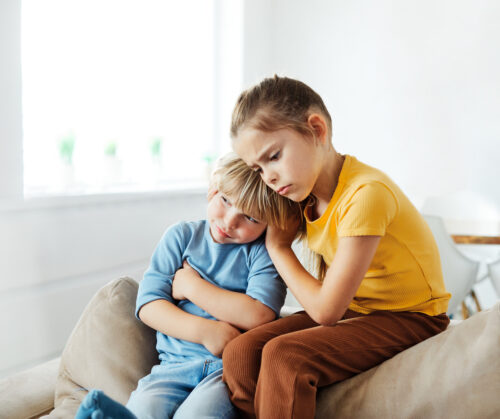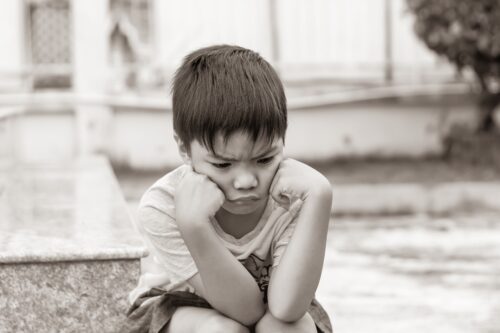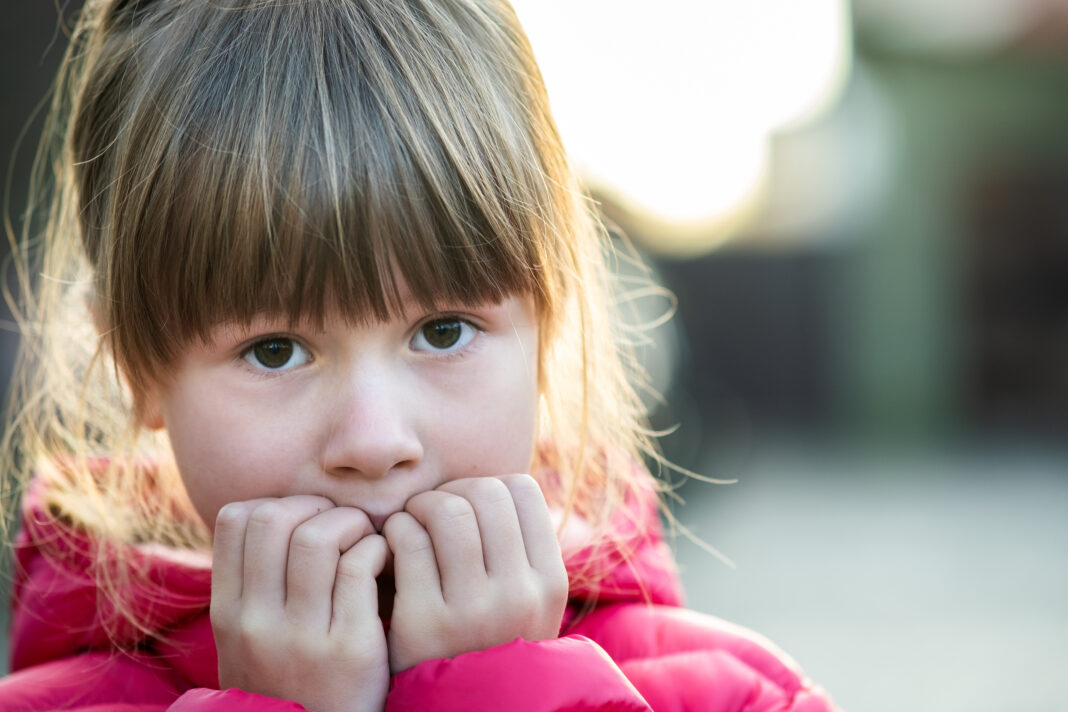Understanding Childhood Anxiety: How to Recognize and Address It Early
Children go through significant emotional changes as they transition from one developmental stage to another. These changes can sometimes lead to stress and anxiety, which may show up in behaviors like nail biting, excessive clinginess, or other repetitive habits. While some anxieties are part of normal development, if left unaddressed, they can turn into persistent patterns that are harder to break.
In this blog, we’ll explore different levels of anxiety children may experience at different ages, how anxiety manifests in their behavior, and what parents can do to support them.

Why Do Children Develop Anxiety-Related Behaviors?
Anxiety in children can stem from many sources—changes in routine, school pressure, social interactions, or even witnessing stress in their environment. Since young children don’t always have the words to express their emotions, anxiety often shows up in physical or behavioral ways, such as:






Understanding the root cause of these behaviors helps parents address them early before they become ingrained habits.
Common Anxiety Stages in Childhood
- Infancy to Toddlerhood (0–3 Years): Separation Anxiety
At this stage, babies and toddlers develop strong attachments to their caregivers. It’s natural for them to feel anxious when separated from a parent, but extreme distress that persists beyond toddlerhood may indicate heightened separation anxiety.

- Crying excessively when a parent leaves the room
- Clinging to caregivers in new environments
- Trouble sleeping alone or waking frequently at night

- Practice short separations and gradually increase the time apart.
- Always reassure your child that you will return.
- Create a goodbye ritual (e.g., a special handshake or hug) to make partings easier.
- Avoid sneaking away, as it can create more fear and mistrust.

- Preschool to Early Primary (3–7 Years): Social & Performance Anxiety
As children enter school, they start developing social awareness and may become anxious about interacting with peers or performing tasks in front of others.

- Refusing to participate in group activities
- Excessive worry about making mistakes
- Stomachaches or headaches before school
- Avoiding eye contact or mumbling when speaking to others

- Encourage playdates and group activities in a familiar setting.
- Praise effort rather than results (e.g., “I love how you tried!” instead of “You were the best!”).
- Help your child prepare for social situations with role-playing exercises.
- Middle Childhood (7–12 Years): Habit-Based Anxiety (Nail Biting, Hair Twirling, etc.)
Children at this stage may develop physical habits as a way to cope with stress or boredom. While some habits are temporary, they can become compulsive if reinforced over time.

- Nail biting until fingers are sore
- Hair twirling or pulling
- Skin picking
- Biting lips or inside of the cheek






- Adolescence (13+ Years): Deeper Emotional & Social Anxiety
Teenagers experience heightened emotions due to hormonal changes, academic stress, and social pressures. Anxiety at this stage can lead to avoidance behaviors, withdrawal, or excessive perfectionism.

- Avoiding social gatherings or school activities
- Frequent stomachaches or headaches before exams or public speaking
- Negative self-talk (“I’m not good enough”)
- Sleep disturbances or excessive worry about the future

- Validate their feelings rather than dismissing them (e.g., “I understand this feels stressful for you”).
- Teach mindfulness or relaxation techniques to manage stress.
- Encourage hobbies and interests to build confidence.
- Seek professional support if anxiety starts interfering with daily life.

Final Thoughts: Helping Your Child Manage Anxiety Early
Every child experiences some level of stress or anxiety during development—it’s a normal part of growing up. The key is to recognize early signs and provide a supportive environment where they feel safe to express their worries. By addressing small anxieties before they turn into lifelong habits, we can help children build resilience and confidence in facing challenges.
If you’re struggling with how to support your child’s emotional well-being, reach out to a child psychologist or counsellor for guidance. You don’t have to navigate this alone—there are resources and strategies to help both you and your child through each stage.






